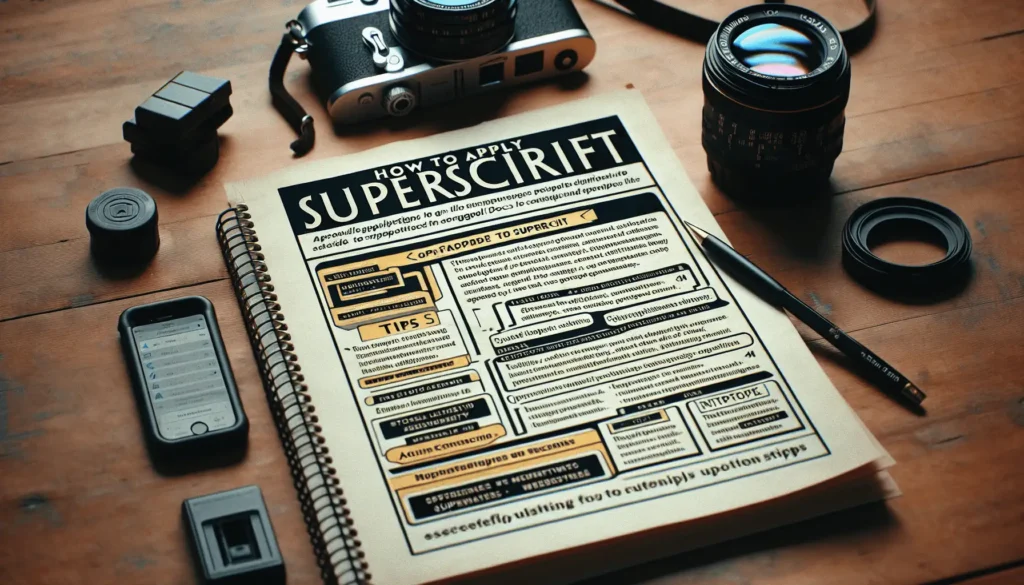Adding citations and bibliographies in Google Docs just got easier with expanded support for audiovisual media sources. Whether you’re writing a research paper analyzing a film, discussing a TV series in a critical essay, or referencing episodes in an academic work, you can now easily cite these materials in proper MLA, APA, or Chicago format. Follow this simple tutorial to learn how.
Access the Citations Tool
The first step is to open the Citations sidebar, which contains all the tools you need to add formatted citations and automatically generate bibliographies. Here’s how:
- Open a document in Google Docs
- Select Tools > Citations from the top menu. This will open up the Citations sidebar on the right side of your screen.
The Citations sidebar is where you will manage all your sources and insert citations.
Choose Citation Style
Before adding sources, you should select the citation style you want to use for the document:
- MLA – Used for literature, arts, and humanities papers
- APA – Used for education, psychology, and social sciences papers
- Chicago – Two formats available (Notes & Bibliography or Author-Date) for history, philosophy, and religion papers
To change citation style at any time:
- Click the arrow next to the style name in the Citations sidebar
- Select your desired style from the dropdown menu
The citation and bibliography format will update automatically throughout your document.
Add Citation Sources
Now you are ready to add sources. The Citations tool supports adding books, websites, journal articles, and more. Newer versions also let you cite films, TV series, episodes, and other audiovisual media.
Here is how to add a source:
- In the Citations sidebar, click Add citation source
- Select the appropriate source type from the dropdown menu
- Choose Film for citing movies
- Choose TV series for citing television shows
- Choose TV episode for citing a specific episode
- Choose Miscellaneous for other audiovisual media
- Fill in the details about your source such as:
- Director/Creator
- Performers/Cast
- Title
- Release Year
- Distributor
- Format/Running time
- Click Add citation source when finished
The source will now appear in your citations list, ready for inserting as citations in your document.
💡 Tip: You can create a citation first and fill in details later if needed. Just make sure to provide the necessary details before finalizing your document.
Insert In-Text Citations
With your sources added, you can start citing them in the text of your document. Here is how to insert a citation:
- In your document, place your cursor where you want the citation to appear
- In the Citations sidebar, hover over the desired source
- Click the Cite button that pops up next to it
- The citation will be inserted in proper format
For example, an MLA in-text citation for a film would look like:
Some analysts have suggested the film glorifies war (Apocalypse Now).
Citations will be automatically formatted per your selected style guide.
💡 Tip: You can insert page numbers for direct quotes as needed, such as:
“I love the smell of napalm in the morning” (Apocalypse Now 00:34:56-59).
Create Bibliography
As you add citations, Google Docs automatically builds your bibliography based on the sources you’ve inserted. To add the formatted bibliography to your document:
- Place cursor where you want bibliography to appear (usually at end of document)
- Click Insert bibliography in the Citations sidebar
Et voila! Your custom bibliography is inserted, with all sources properly formatted per your style.
For films and TV series, bibliography entries will include details like directors, release years, episode titles and air dates, and more.
Additional Source Types
Along with films and TV series, you can use the Citations tool to cite:
- Specific TV episodes – perfect for analyzing scenes or quoting dialogue
- Online videos like YouTube – useful for media analysis papers
- Audio recordings like podcasts, albums, audiobooks – great for discussion and quotes
- Other miscellaneous AV media – covers less common sources
So whether you’re working on an essay about an iconic movie scene, writing about the latest binge-worthy show, or referencing multimedia in an academic paper, Google Docs has you covered for all your citation and bibliography needs.
The Citations tool takes the pain out of manually formatting citations and eliminating bibliography mistakes. Give it a try next time you need to cite films, TV series, or other audiovisual media in your papers and projects!





